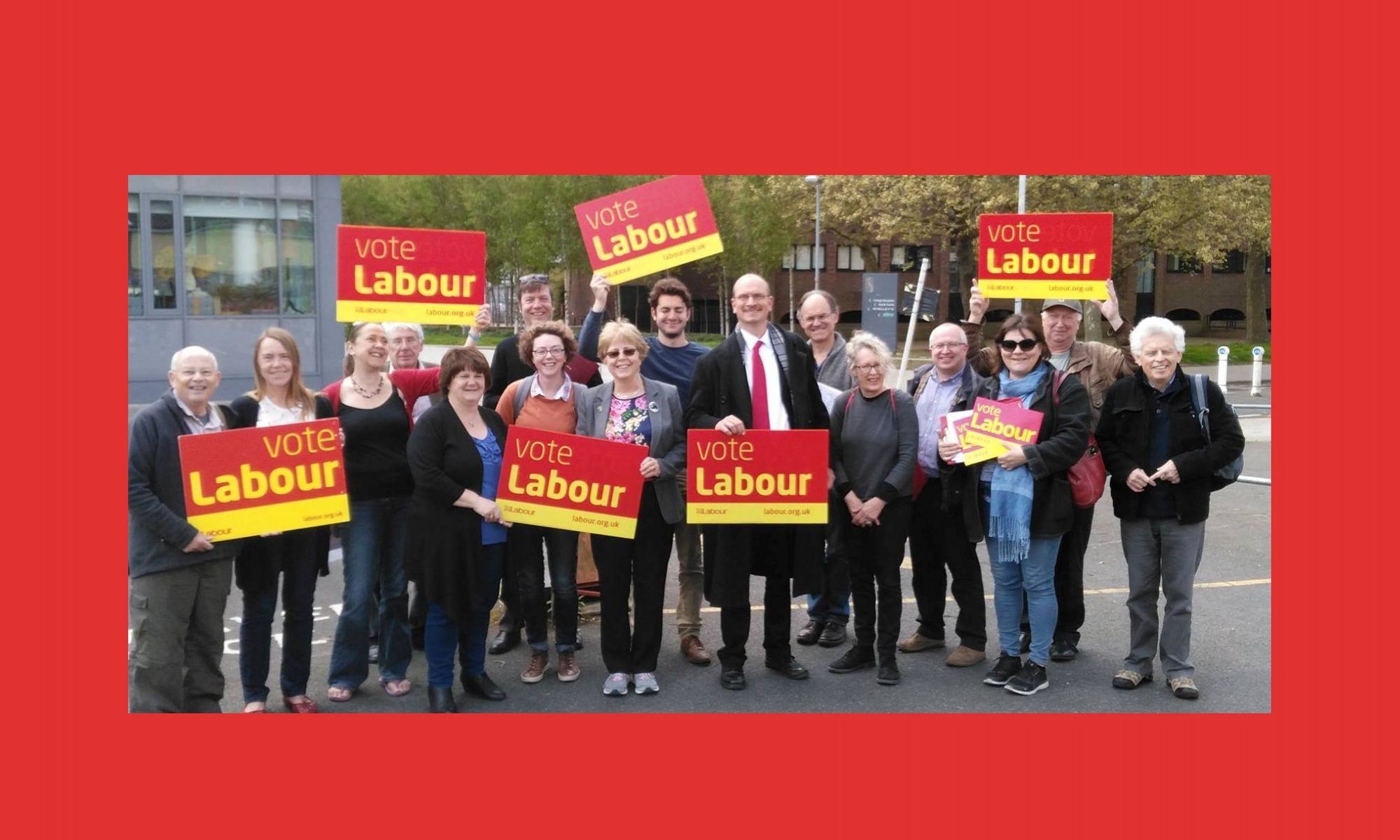As I write this column, the sun is still shining and it is still warm enough to sit with a tee-shirt and shorts at 8pm, but the oppressive heat of the past month seems to have died down at last. The older of us can remember the last time we had a summer like this – in 1976 – but climate scientists predict that in around ten years’ time every second summer will be as hot as, or hotter than, this one. Apparently, because the ice in the Arctic now melts every summer the flow of air across Europe has been disrupted.
It’s not just Europe that has sweltered – all over the world crops are failing, forests are burning, rivers are drying up. Perhaps the most worrying sign of all is that the Siberian tundra is melting. Under the surface, the ground has been frozen solid since the last ice age, and it’s not just woolly mammoths under there – there are countless millions of tonnes of frozen vegetation, and as the tundra thaws, decomposing matter will start to emit methane. Methane and CO2 prevent the Sun’s heat from radiating out – just like a greenhouse, the heat from the Sun shines into our atmosphere but it can’t get out again, and the whole planet warms up.
There are still one or two people who try to convince themselves that Climate Change isn’t happening. There is also still a Flat Earth Society. Whether we like “experts” or not, it makes no sense to ignore the evidence of our own eyes, and any species that refuses to adapt to change will not survive.
Last Saturday, the East Anglian Daily Times and the Ipswich Star broke the news that the amount of Suffolk’s waste that is recycled has gone down from 51% four years ago to just 47% now. The incinerator at Great Blakenham is being blamed – the argument is that because people know their unrecycled waste will be burned, they are less fussed about recycling. I’m not sure I buy that argument. But what I do know is that because the County Council put so much time and effort into the incinerator project they could not focus on more imaginative ways of reducing our waste. And because they thought the waste problem was solved, they had no incentive to try to increase recycling – quite the reverse, they have to maintain the waste coming into the incinerator in order to keep it going. In fact, the only reason Suffolk’s incinerator has performed so well financially is because Norfolk bungled their incinerator project and so we burn some of Norfolk’s waste too. Now new concerns have arisen over the particles coming out of incinerator chimneys.
We could have had brown bins right across the County – in fact only Ipswich still has free brown bins because the Labour-run Borough Council knows how much Ipswich residents value them. We could have had a comprehensive network of bottle-banks, and neighbourhood recycling centres, and food waste collections. We should have had a far more active campaign of education to help people judge what to do with their waste, and how to cut down on waste in the first place. These are all things you would expect from the Greenest County.
I was a bit cynical when I heard that the County Council had decided to launch the “Greenest County” initiative. Right from the start there was more spin than substance to it. The most valuable thing it did was to bring environmentalists, farmers, councillors and others together. I visited Home Farm in Helmingham at the end of July to see for myself what many farmers have been doing to improve their stewardship of the countryside, and I was impressed. This matters for Ipswich residents just as much as those living in villages – we all breath the same air, we drink the same water, we all need food, and a healthy Ipswich economy needs a healthy Suffolk.
But “Greenest County” never had much of an effect on the rest of what the County Council does. Last month, they voted to pay lip service to improving cycling, but refused to put any money into it. Felixstowe Road in Ipswich is currently having an additional traffic lane added – but at the expense of any proper facilities for cyclists.
This is just one example. There are so many things that can be done, and need to be done, in order to reduce our CO2 and methane emissions, and I will cover some of those necessary actions in my column next week.
